Sales of first flush teas gain momentum at the beginning of May.
Makinohara tea is popular in Shizuoka city too.
Makinohara teas are sold in the fancy and famous store “Kinzaburo” in Cha-machi area, which means town for tea industry, in Shizuoka city.
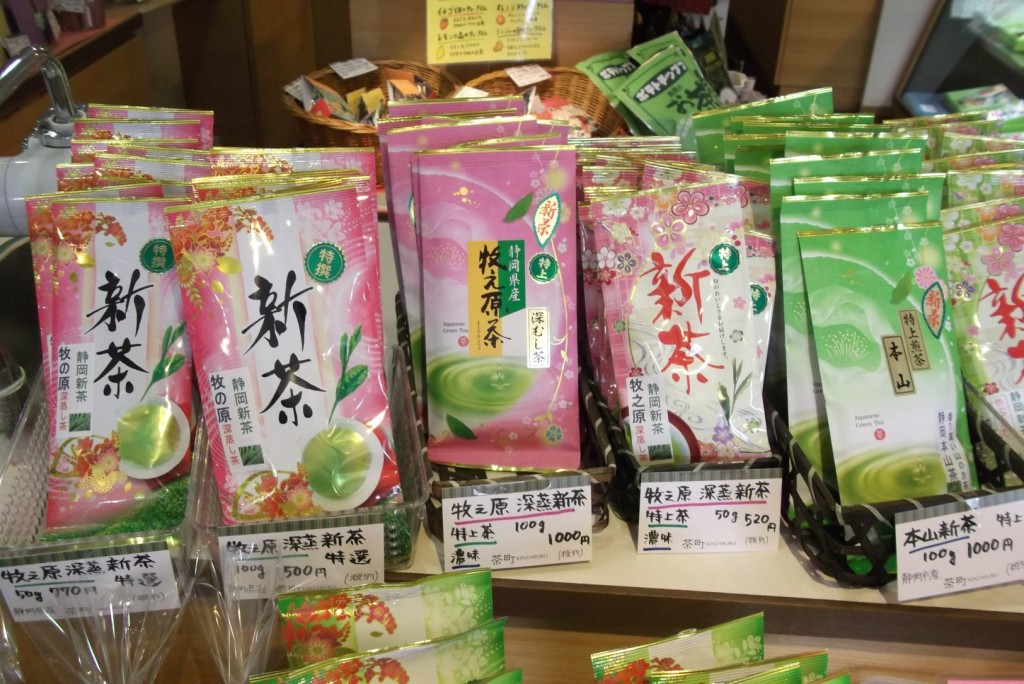
We can see the word of “Makinohara tea” on packages and displays.

Layout of the store is very excellent, we can enjoy shopping in the store.
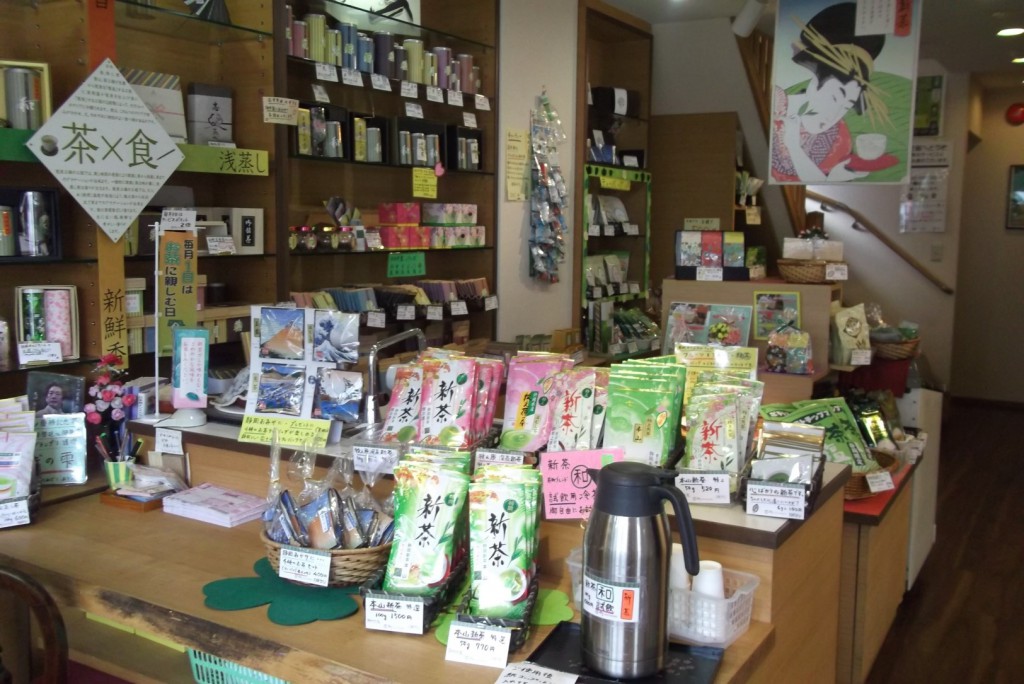
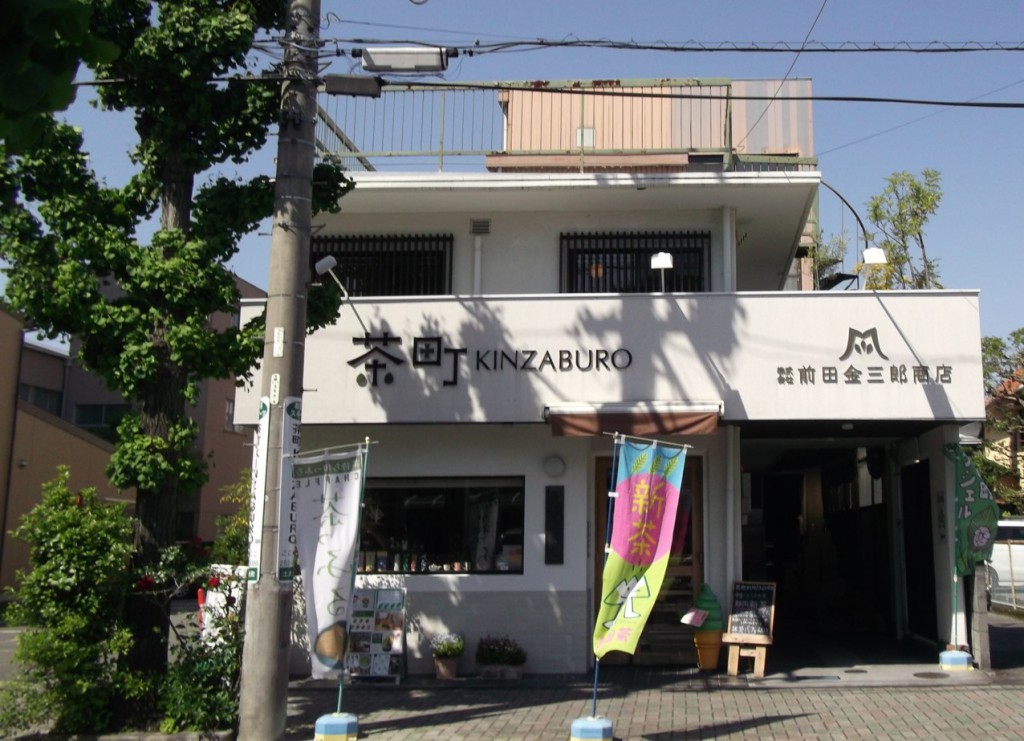
In a shop in Nihondaira peak, Makinohara tea is sold as a souvenir.
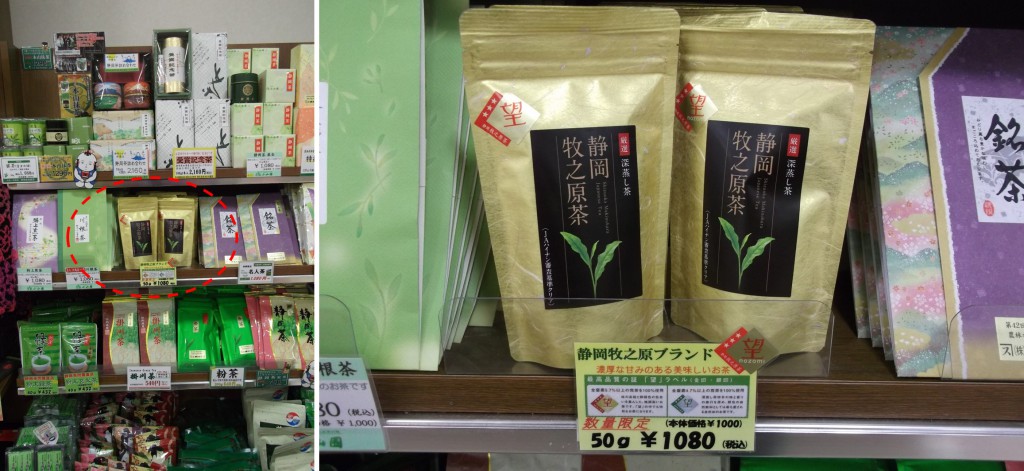
In a tea shop on the central area of Shizuoka city, Makinohara teas are sold. (Unfortunately, I cannot share the images of Makinohara teas in the shop because I could not get the permission to upload the photo in the shop. Incidentally the owner didn’t stay on the shop. The shop is also very very nice, so I’d like to introduce someday.)
Staffs in tea stores dealing with Makinohara teas generally say that the taste of Makinohara tea is condensed and has full-bodied and mild taste. We can see the sentences explaining the robust of Makinohara tea on display cards.
In Makinohara area, deep-steamed green tea is mainly produced. In general, deeper steaming results in more amount of dissolved fraction. On the other hand, the intensity of aroma decreases.
As for the amount of dissolved constituents, Takayanagi et al. published two important articles[198, 199].
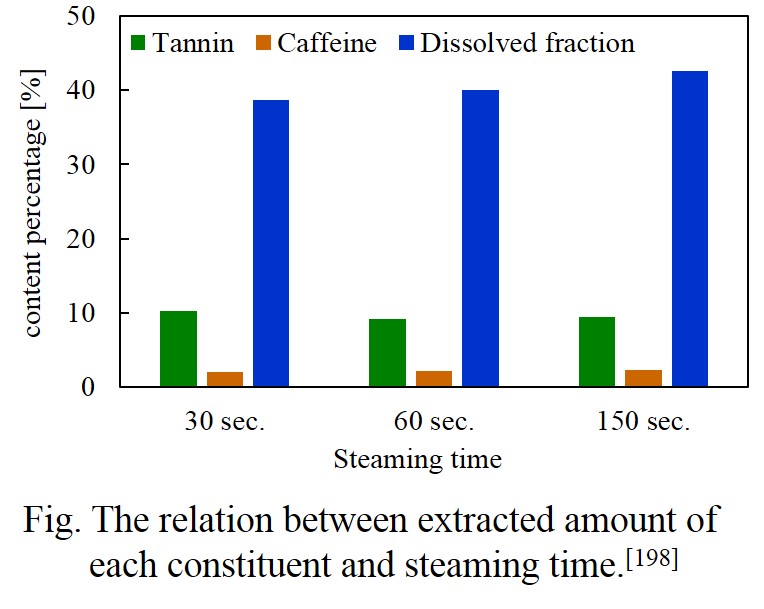
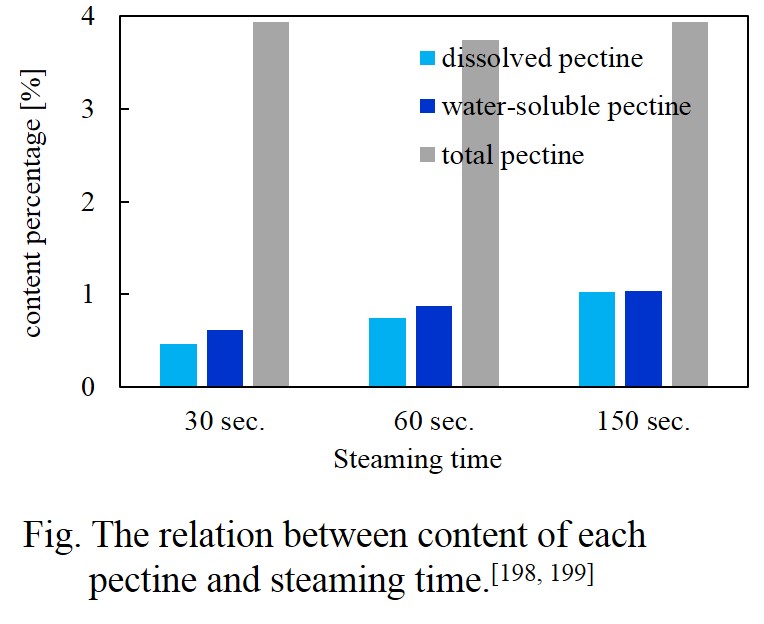
Based on their works, deeper steaming results in more dissolved fractions, water-soluble pectine and pectine dissolved into infusion, on the other hand same amount of caffeine, tannin. It may imply the polyelectrolytes, which is different from tannin and include pectine, have an important role on the flavor of deep-steaming tea.
We can see the difference between deep-steaming tea and normal steaming one by the liquor color. Deeper one has more condensed color.
Please enjoy the richness of taste of Makinohara tea.
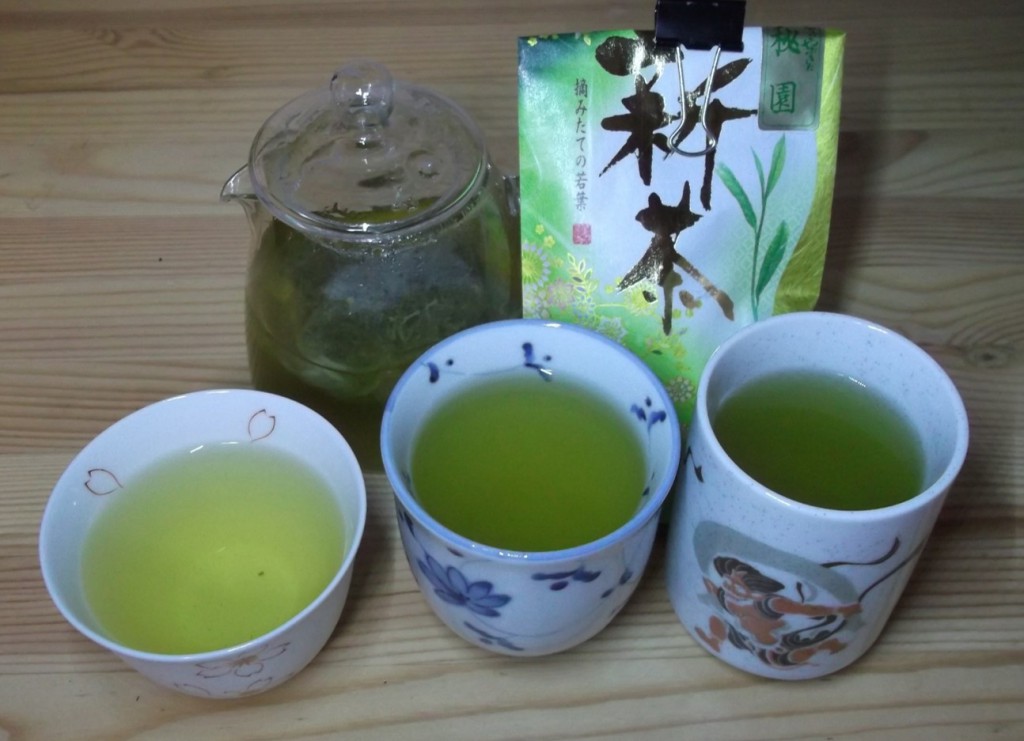
< References >
[198] Takayanagi H. et al. (1987) : The Relationship Between Steaming Time and Composition of Chemical Constituents in Infusion of Green Tea, Tea Research Journal, 65:86-92.
[199] Takayanagi H. et al. (1987) : Changes in Physical and Chemical Characteristics of Green Tea by Different Steaming Times, Tea Research Journal, 65:81-85
